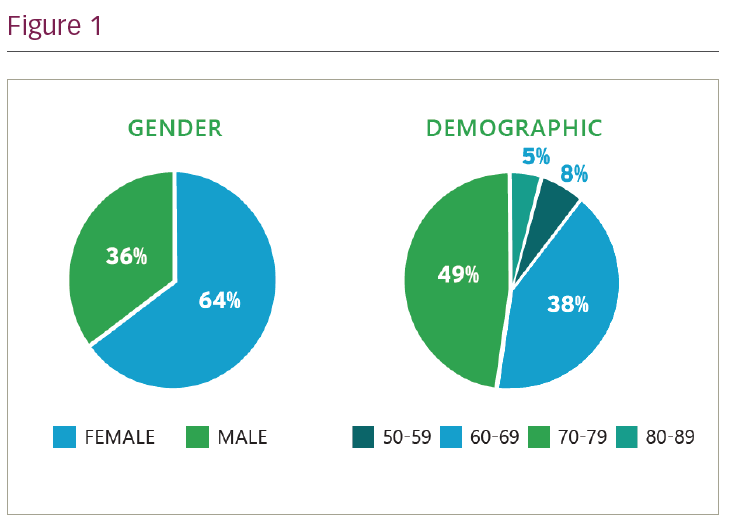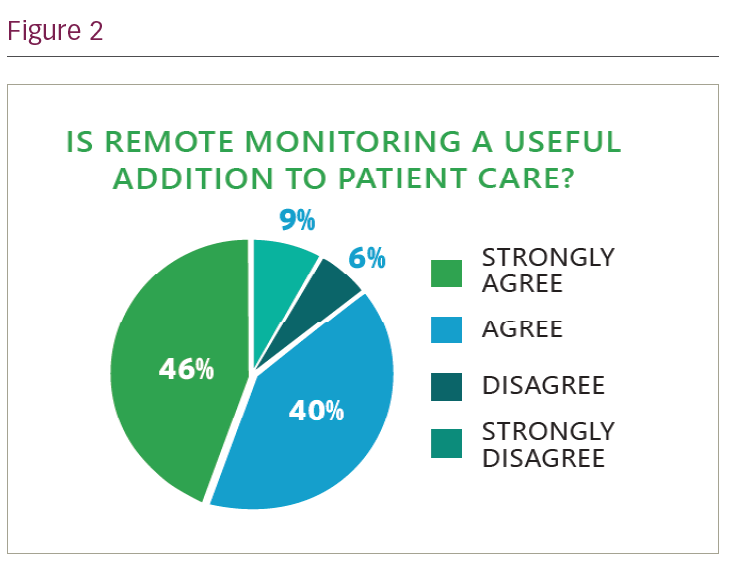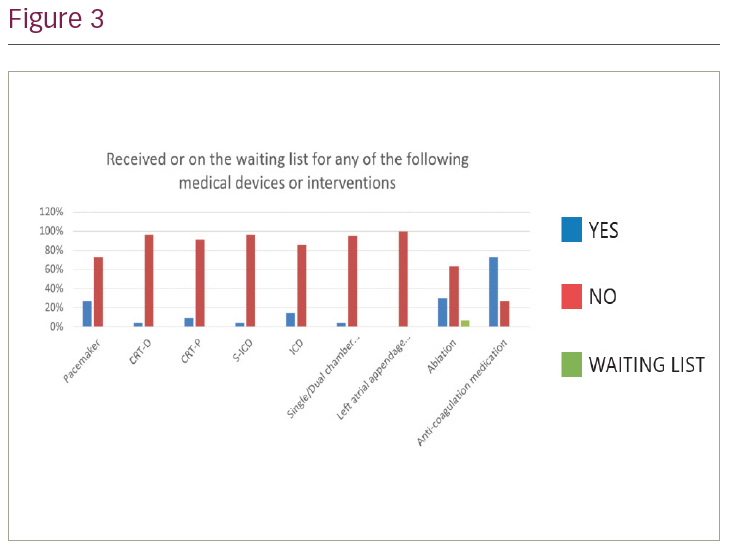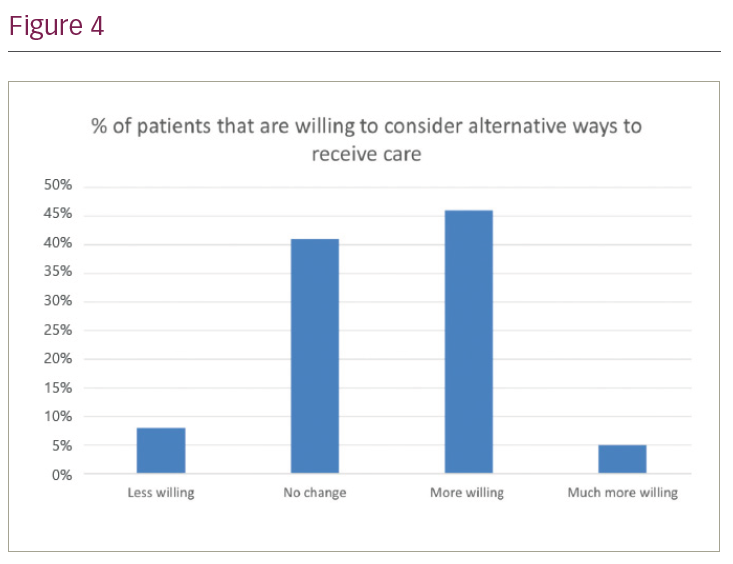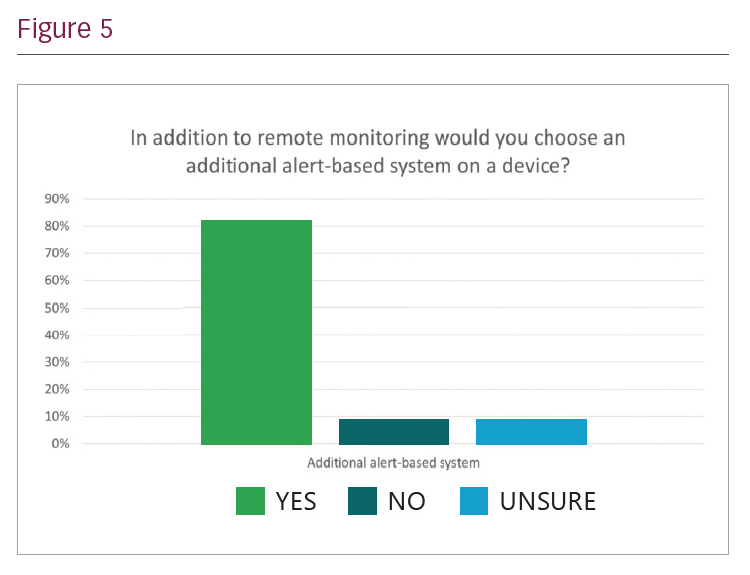Background: The term remote monitoring means monitoring your heart and implanted device while you are at home, and ‘remote’ from the care team at your hospital. Remote monitoring of pacemakers, ICDs and ICMs, uses a special transmitter. Using an integrated aerial, the implant automatically sends medical and technical information from your heart, to your doctor, arrhythmia nurse and the cardiac physiologists who are treating you, usually via your remote monitoring device which may be connected through a mobile phone or internet link. This allows your heart rhythm specialists to monitor your condition based on accurate, up-to-date clinical information at any time – not just when you are at the hospital. (A-A Remote Monitoring Booklet, 2021).
Purpose: To understand the patient perspective of remote monitoring and alert-based systems, the AF Association conducted a survey, distributed to 100 people, to gather insights on the topic of remote monitoring in cardiac rhythm management.
Method: An online questionnaire was emailed to 100 patients on the AF Association database and the following information was collected:
- Was a patient on a waiting list for a medical device or intervention?
- Age, gender and regionality
- Impact of the COVID-19 pandemic on patient perceptions of alternative treatment options
- The decision-making process for their care
- Patient opinions about benefits of remote monitoring
- Are patients willing for manufacturers to conduct simple technical assessments of remote monitoring equipment?
- Would a patient like an additional alert-based system on the device?
- The impact of alert-based systems on outpatient appointments
Results: A total of 39 people responded. All respondents had received or were on the waiting list for a medical device or intervention, with 56% taking anti-coagulation medication. Overall, 51% of patients felt more willing to consider alternative ways to receive care following the COVID-19 pandemic (41% had a neutral response and 8% were less willing), and 85% of patients agreed the remote monitoring was a useful addition to their care. The main benefits of remote monitoring were reassurance that their clinical team could monitor their progress, knowing that if there was an urgent issue their healthcare team could let them know immediately, and that the technology may keep them out of hospital. Other findings were: 87% of patients were willing to let device manufacturers conduct simple technical assessments of their remote monitoring equipment; 88% of patients would like to be in the decision-making process involved in their care, with 12% happy for a clinician to make the decisions; 81% would have an alert-based system active on the device; and 91% highlighted that they would request this technology from their doctor. When prompted that this technology could reduce the amount of outpatient appointments, 87% of patients saw this to be a benefit.
Conclusions: This survey demonstrated the positive outlook of patient opinions for the present and future, and highlighted the importance of the relationship between themselves and healthcare professionals. Remote monitoring has improved the patient experience and has the potential to grow. The findings describe how involved the patient would like to be in the decision-making process and that they are open to innovative technologies that can improve their care, such as alert-based systems. It can be said that the COVID-19 pandemic has been a catalyst for both patients and healthcare professionals to engage more with the use of remote monitoring and overall has seen huge benefits in improving patient outcomes and quality of life. ❑
